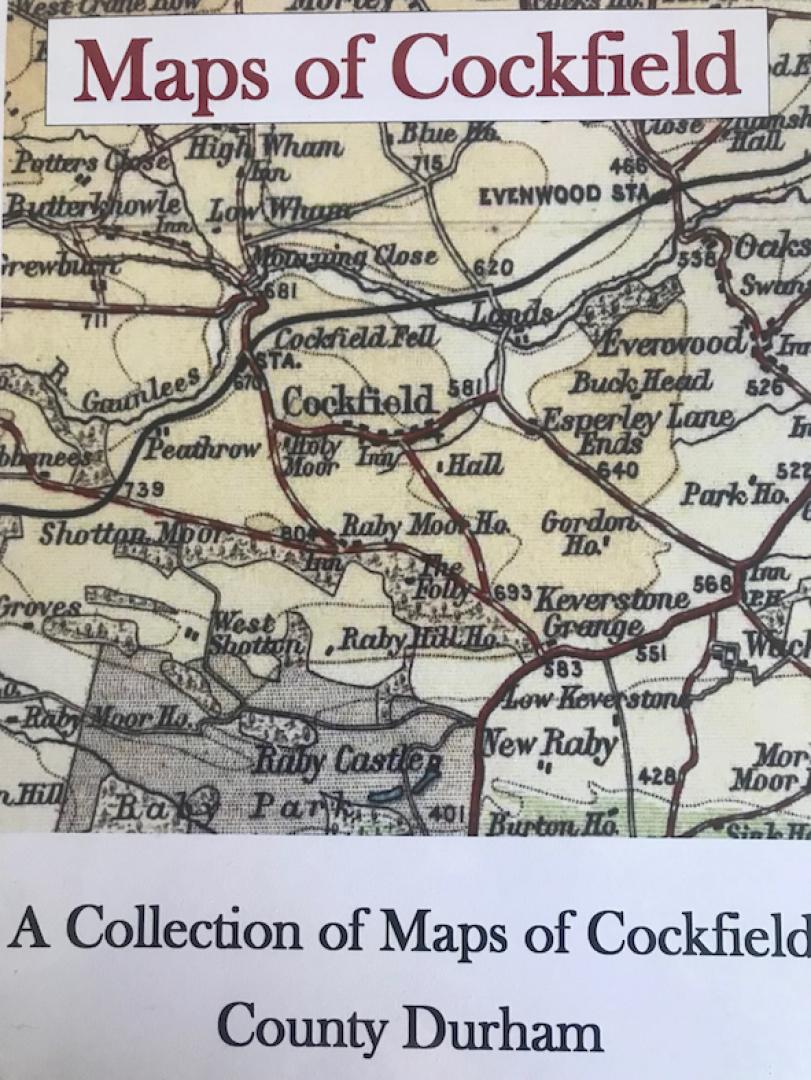A BOOK charting Cockfield’s history has been updated by a former parish priest 30 years after writing it.
Canon Ian Gomersall hopes his book, Cockfield in Maps, will inspire other people to follow his example.
Using historical maps, the book shows how the village has developed, giving details of landowners in bygone days.
Mr Gomersall started the book when he was rector of Cockfield in the late 1980s.
He said: “I have always had a lot of interest in local history and I think clergy almost have a duty to be aware of the history and nature of the community that they are working in. It’s not just about today – it’s about yesterday and what has made the community.”
Mr Gomersall, 65, who is now working in Manchester as he nears retirement, said: “My hope is that it will help other people do the same for their community by seeing the resources I used.”
He describes the book as a “fascinating and remote piece of County Durham history” .
The collection includes early 17th century maps of the area, as well as 19th century maps illustrating the growth and industry of the area. A special series shows how the village developed from the 12th century to the form it takes today.
There’s also a section on Cockfield’s most famous son, Jeremiah Dixon, who helped draw up the Mason-Dixon line in America.
The revised book included newly released maps, including those from the Ordnance Survey and a 19th century tithe map showing the fields around the village, their occupiers and owners.
“This is very interesting for family historians and shows quite a lot of houses were owned by a small number of people,” Mr Gomersall said.
“The book shows how the village has grown and developed from mining but also shows the pre-mining structure – you can still trace the ancient village.”
Raby Estate archives have proved useful but Mr Gomersall says Lord Barnard owned more land in other communities.
The book is available in limited numbers for £15 including postage. Contact Canon Ian Gomersall at ian.gomersall@btinternet. com.
ADVERTISEMENT
Author updates book about Cockfield after 30 years
ADVERTISEMENT
ADVERTISEMENT
ADVERTISEMENT







